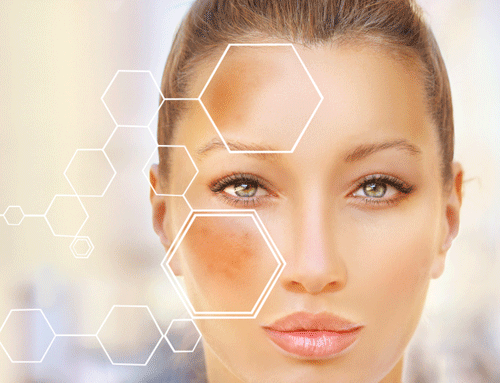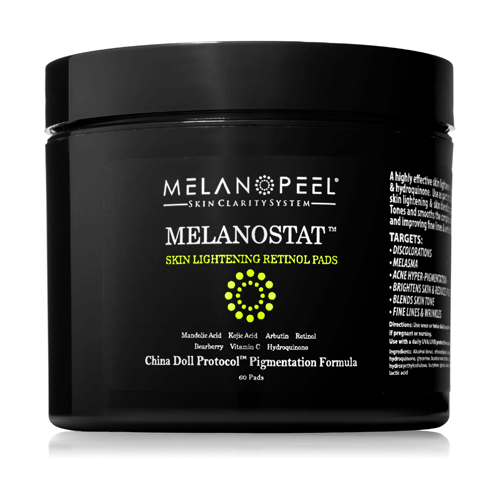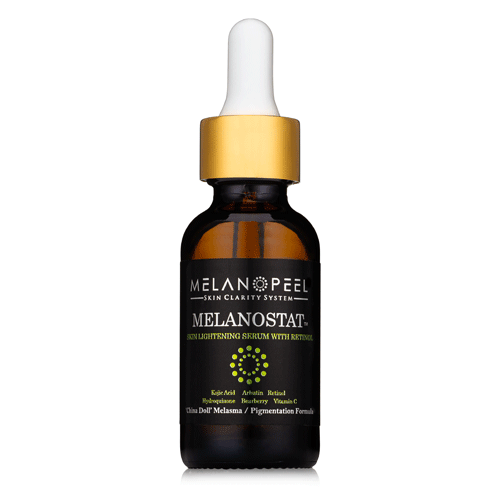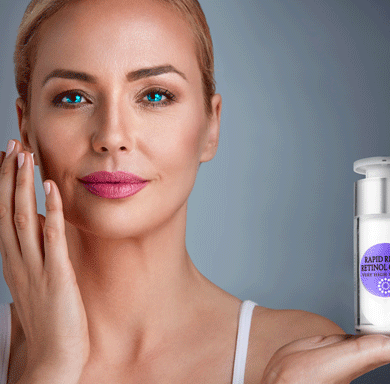A common cosmetic skin question asked by patients is ‘why do I get these patches of skin hyperpigmentation that I can’t get rid of?’ This would happen mostly in patients with extensive melasma, dark acne spots, and severe sun damage.
Lets look at skin hyperpigmentation from melasma:
This cosmetic condition has 2 components to the hyperpigmentation. Superficial (epidermal) melasma resides in the upper layer of the skin. Deep (dermal) melasma can be found in the deeper skin layers. Most cases of melasma are mixed and have both a superficial and deep part.
At some point in their treatment, melasma patients realize that some spots will be more difficult to fade, and some just don’t seem to go away! This occurrence is because of your deep dermal melasma. Those deep pigmented cells have securely entrenched themselves in a skin layer that is very difficult to target.
In these cases, it is best to see your aesthetic physician for oral, injection, or laser treatments that may make a difference.

Let’s now look at these hyperpigmented spots form acne:
Patients with dark skin are especially prone to this. This form of deep pigmentation called post-inflammatory hyperpigmentation (PIH) can usually be resolved with time. Our system was designed for PIH and cosmetic hyperpigmentation issues. With patient commitment and time, the Melanopeel® system is capable of resolving most types of PIH as long as we are able to control the underlying skin inflammation.
Hyperpigmentation from sun damage:
This is another cosmetic concern that the Melanopeel® system is excellent at reversing. Superficial sun damage hyperpigmentation can be effectively normalized with our mandelic acid and anti-pigmentation protocols. Deeper areas of pigmentation and precancerous lesions however, require investigations and biopsy with a dermatologist.
Other forms of skin hyperpigmentation:
Other forms of pathological skin hyperpigmentation exists. These include from exposure to heavy metals, and other metabolic or hormonal medical conditions. Long term use of high hydroquinone levels have been linked to a more permanent type of pigmentation called ochronosis. Such types of pigmentation are not considered cosmetic skin concerns like melasma, PIH and photo damage. These are best treated by specialists, and may be amenable to laser, medical microneedling, or other medical treatments.
Melanopeel hyperpigmentation treatments:
Your best bet for fading those stubborn hyperpigmented cosmetic spots. Our Melanostat™ System. Read more about them here.











